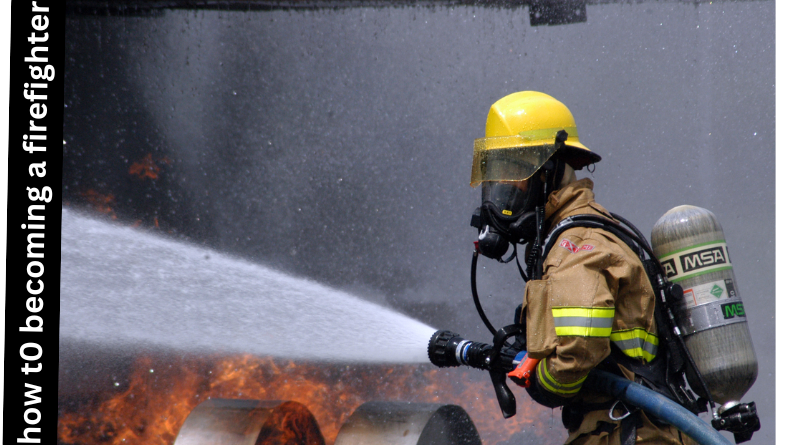11 Key Steps to Becoming a Firefighter: What You Need to Know
Pursuing a career as a firefighter is challenging and requires intense training, commitment, and a genuine passion for helping others.
The field is also highly competitive, with many departments receiving hundreds or even thousands of applicants. So, how can you make yourself stand out, and where should you begin? Fill out the form on this page to download an infographic that outlines the steps to becoming a firefighter.
Here’s a brief overview of key dos and don’ts as you prepare to join the fire service.
-
Fulfill the basic qualifications needed to become a firefighter.
To start, you’ll need a valid driver’s license and must be at least 18 years old. If you’re under 18, you may be able to participate as a junior firefighter in certain programs. Most departments also have an upper age limit, typically between 28 and 35 years old, though this can vary by department.
Satisfy (and surpass) the education requirements
At a minimum, you’ll need a high school diploma or GED. However, many firefighters pursue a degree in fire science to enhance their career prospects. Becoming an EMT is also highly recommended, as having both fire and EMS experience significantly boosts your chances of being hired. Some departments may even require EMT certification, and larger departments might ask for a paramedic license.
3.Achieve peak physical condition.
To become a firefighter, you’ll need to pass a physical ability test (CPAT), which includes events like stair climbing, hose dragging, equipment carrying, ladder raising and extending, forcible entry, search, rescue, and ceiling breach and pull. Prepare for the physical demands of both the job and this challenging test.
4.Maintain a clean record.
Most people have made mistakes in their lives, but how you’ve worked to correct them will be important when applying to become a firefighter. In an article for FireRescue1, columnist Mike Pertz, who founded a website dedicated to helping others enter the firefighting field, discusses this topic in depth.
If asked about your past during an interview, be honest. Take responsibility for your actions, and explain how you’ve made positive changes. Be transparent about your driving history, providing details like dates, locations, and outcomes of any tickets or accidents.
5.Keep your social media clean and professional
If you’re active on Facebook or other social media, be careful about what you post, share, comment on, and like. Employers will likely review your online presence, so it’s essential to remove any content that could be seen as embarrassing, immature, risqué, or inappropriate. Ask friends to delete any similar posts involving you from their pages as well. In some cases, it might even be wise to consider deactivating your accounts.
6.Demonstrate financial responsibility.
Though often overlooked, the required background check will include your credit score, and poor credit can work against you. If needed, take steps to improve your credit score and show financial discipline.
7.Get involved in your community.
A career in public safety is centered around serving others. Volunteering your time for a meaningful cause is a great way to demonstrate your commitment to your community. Whether it’s fire-related or not, there are many opportunities to make a positive impact. Consider organizations like the American Red Cross or Habitat for Humanity as excellent places to start.
8. Pass the written exam.
- Pass the written exam.
Prepare thoroughly—study, study, and then study some more. The written exam features multiple-choice questions divided into different categories. Review test-taking strategies to give yourself the best chance of acing the exam.
9. Prepare for a psychological evaluation.
This is one test you can’t study for. The evaluation will assess your mental and emotional resilience to handle the pressures and stresses that come with a career in firefighting.
10. Graduate from a fire academy.
- Graduate from a fire academy.
Earning state-level certifications, like Firefighter I and II, is an important step. While you’ll still need to attend the academy once hired by a department, these certifications will give you an advantage and help you develop both the theoretical and practical skills required for the job. One way to gain access to an academy is by joining a volunteer fire department.
11.Ace the interview.
- Ace the interview.
Why do you want to be a firefighter? It may seem like a cliché, but be prepared to answer this question. There are also a few other common questions you’re likely to face during the interview, and your responses will play a key role in the hiring decision. This is your opportunity to make a lasting impression and differentiate yourself from other candidates.
The process of becoming a firefighter may seem overwhelming, but staying informed about firefighter employment and hiring trends will help. Use these resources to keep up to date:




